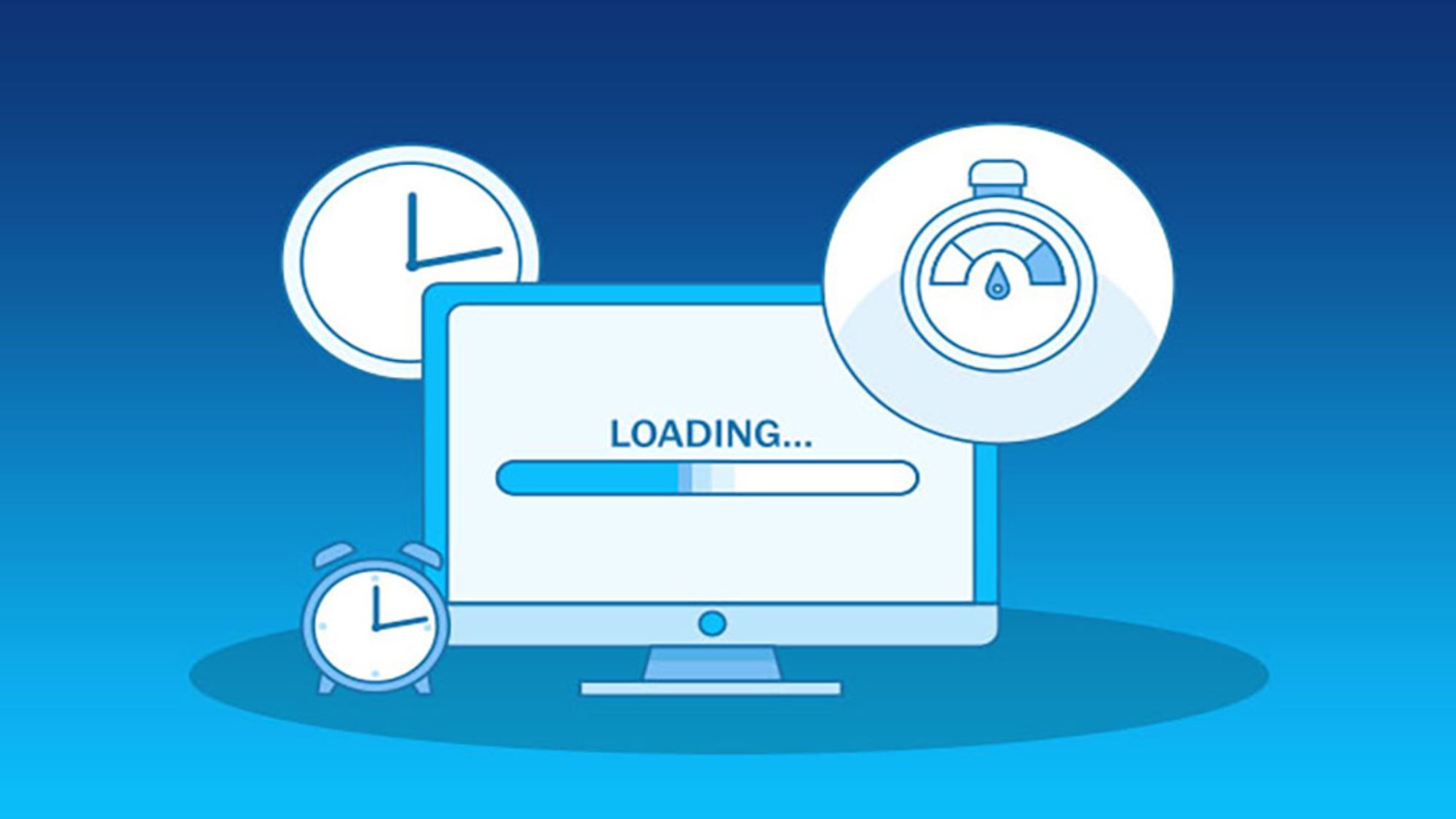Website design plays a crucial role in determining the loading time of a website. Various website design elements, such as image size and optimisation, code efficiency, browser rendering, and the use of plugins and scripts, can impact how quickly a website loads. Factors like server performance, caching strategies, responsive design, and the use of content delivery networks also play a significant role.
Website development London recognises that website design choices, such as image optimisation and efficient code, directly affect loading times. Balancing aesthetics with performance optimisation is essential for creating a fast-loading website that provides an optimal user experience. By carefully considering these design aspects, website owners can improve loading times and ensure that their websites are accessible and engaging to users.
Poorly Structured Code:
Poorly structured code can have a significant impact on a website’s loading time. When code is not organised or optimised efficiently, it can lead to longer processing times and increased file sizes. This can result in slower loading times for users. Additionally, poorly structured code can make it difficult to maintain and update the website, further impacting its performance over time. Developers need to write clean, efficient code that follows best practices to ensure optimal website performance and a better user experience.
Scripts:
Website design impacts loading time through the use of scripts, which are essential for functionality but can also introduce delays. Excessive or poorly optimised scripts, such as JavaScript, can slow down loading times as they need to be downloaded and executed by the browser. This is particularly noticeable on mobile devices or slower internet connections. Minimising the number of scripts, using asynchronous loading for non-essential scripts, and optimising code can help reduce the impact on loading times. Additionally, the placement of scripts within the HTML document can affect when they are loaded, influencing overall page load speed.
Server/Hosting:
The server hosting a website plays a crucial role in its loading time. A high-performance server with sufficient resources can deliver web pages quickly to users. Conversely, a poorly optimised or overloaded server can lead to slow loading times. Factors such as server location, hardware specifications, and the efficiency of the hosting provider’s infrastructure all impact loading speed. Additionally, the server’s ability to handle concurrent user requests, manage database queries efficiently, and serve static content through caching mechanisms can significantly influence website performance. Therefore, choosing a reliable hosting provider and optimising server configurations are essential tools for ensuring fast loading times.
Size of Files:
The size of files, like images, videos, and code, directly impacts a website’s loading time. Larger files take longer to download, especially on slower internet connections. Optimising images and videos by compressing them can reduce their size without sacrificing quality. Similarly, minifying CSS, JavaScript, and HTML files removes unnecessary characters and spaces, reducing their size and improving loading speed. Additionally, reducing the number of files loaded by combining them where possible and leveraging browser caching to store resources locally can further enhance loading times. Overall, minimising file sizes is crucial for ensuring fast and efficient website performance.
Plugins for Website Design:
Website design impacts loading time through the use of plugins in several ways. While plugins may add functionality and features to a website, they can also increase its complexity and resource usage. Each plugin typically adds additional code and scripts that need to be loaded, which can slow down the website. Moreover, plugins may also make additional server requests, leading to longer loading times. Therefore, it’s important to carefully consider the necessity of each plugin and prioritise those that are essential for the website’s functionality. Regularly auditing and optimising plugins can help maintain optimal loading times.
Server-Side Caching:
 Server-side caching can have a significant impact on a website’s loading time by reducing the server response time. When a user requests a web page, the server processes the request and generates the page content dynamically. With server-side caching, the server stores a static copy of the page in memory or on disk. Subsequent requests for the same page can then be served directly from the cache, and bypassing the need to regenerate the page. This can result in faster loading times for users, especially for frequently accessed pages. Proper implementation of server-side caching is an important aspect of website design that can improve overall performance and user experience.
Server-side caching can have a significant impact on a website’s loading time by reducing the server response time. When a user requests a web page, the server processes the request and generates the page content dynamically. With server-side caching, the server stores a static copy of the page in memory or on disk. Subsequent requests for the same page can then be served directly from the cache, and bypassing the need to regenerate the page. This can result in faster loading times for users, especially for frequently accessed pages. Proper implementation of server-side caching is an important aspect of website design that can improve overall performance and user experience.
Conclusion:
Website design plays a pivotal role in determining its loading time. Factors such as image optimisation, code efficiency, browser rendering, and the use of plugins and scripts can significantly impact how quickly a website loads. Designers need to prioritise performance alongside aesthetics to ensure a fast and seamless user experience. Utilising strategies such as responsive website design, proper caching, and content delivery networks can help improve loading times. By optimising design elements and adhering to best practices, designers can create websites that not only look great but also load quickly and efficiently for users.
